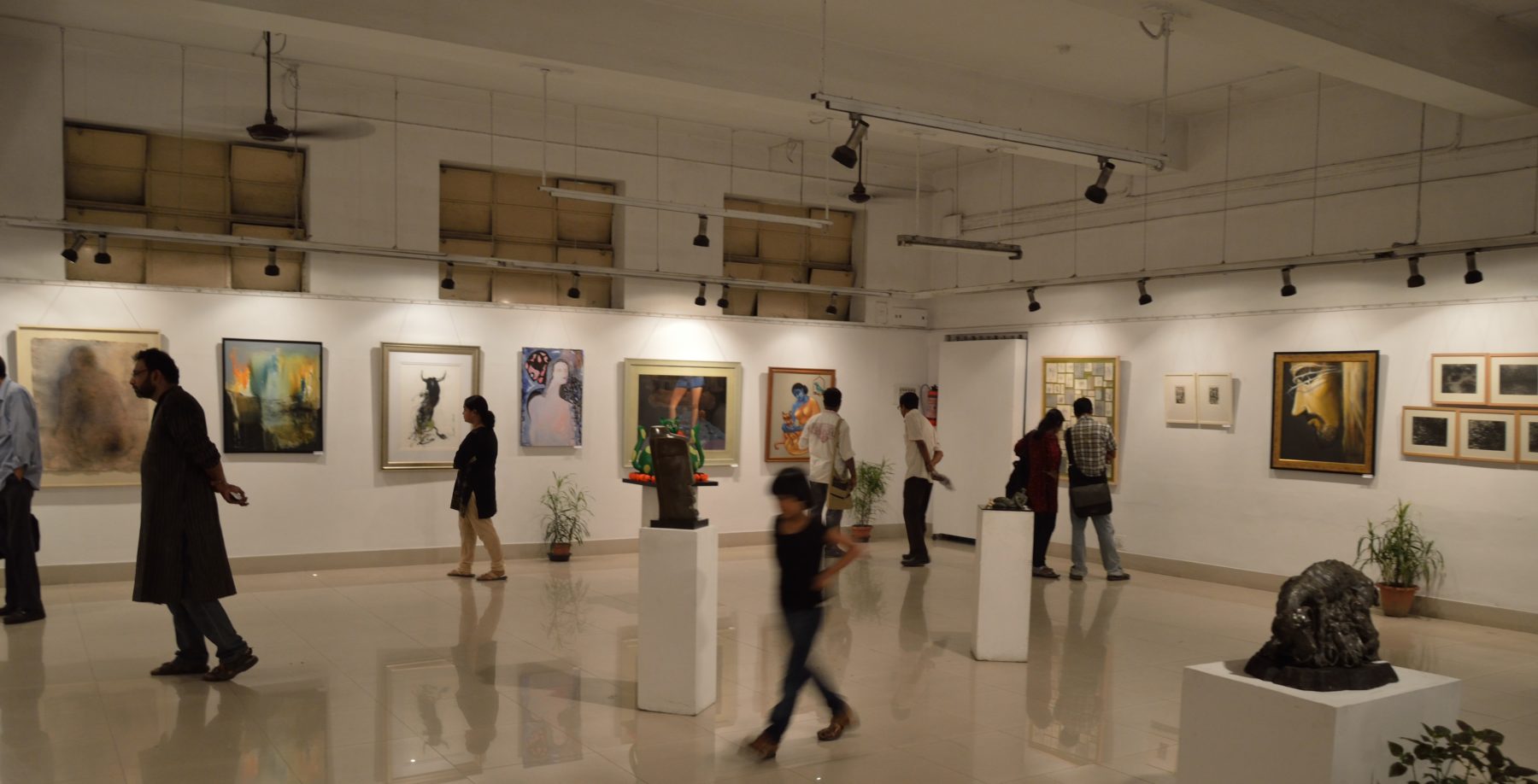1. Robert Phiddian, Julian Meyrick, Tully Barnett, and Richard Maltby. Cultural Trends. “Counting Culture to Death.” 2017. Australia.
Founders of the research project “Laboratory Adelaide: the Value of Culture” argue that the emphasis on “quantifying impact” in cultural policy is not delivering on its promises and that its unintended consequences can prove to be destructive.
2. Nanos Research. Ontario Arts Council. “Impressions of the impact of the arts on quality of life and well-being in Ontario.” 2017. Ontario.
Nanos conducted an RDD dual frame (land- and cell-lines) telephone random survey of 1,004 residents of Ontario, 18 years of age or older, between March 2 and 8, 2017, as part of an omnibus survey.
3. Scott D. Jones. Education Commission of the States. “ESSA: Mapping opportunities for the arts.” 2017. United States.
This special report highlights the ways that states and districts can engage the arts in the ongoing work of the Every Student Succeeds Act (ESSA). Designed to continue growing as ESSA implementation proceeds, this report currently contains chapters exploring the opportunities for arts education within the following topics: Accountability, Assessments, Stakeholder Engagement, State Plans, Tiers of Evidence, Title I and a Well-Rounded Education.
4. Sean Thomas-Breitfeld and Frances Kunreuther. Building Movement Project (BMP). “Race to Lead: Confronting the Nonprofit Racial Leadership Gap.” 2017. United States.
Building Movement Project’s leadership report highlights that the nonprofit sector is experiencing a racial leadership gap. The report finds that the nonprofit sector needs to address established practices and biases to diversify the leadership base.
5. Professor Dai Smith. Welsh Government. “Arts in Education: An independent report for the Welsh Government into Arts in Education in the Schools of Wales.” 2013. Wales.
This report by Professor Dai Smith, commissioned by The Welsh Government, evaluates the state of arts education in Wales and offers twelve recommendations for its improvement. The report generated a response from the Welsh Government and an action plan.
